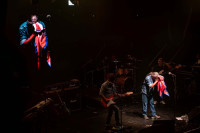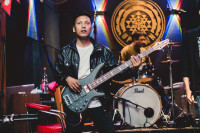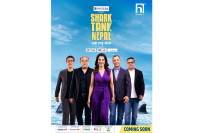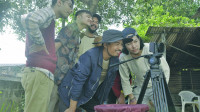Entertainment
Art and the anthropocene
For the past decade or so, the word ‘anthropocene’ has been making an appearance with increasing regularity and across disciplines—so much so that no serious discourse on art can really afford its absence any longer.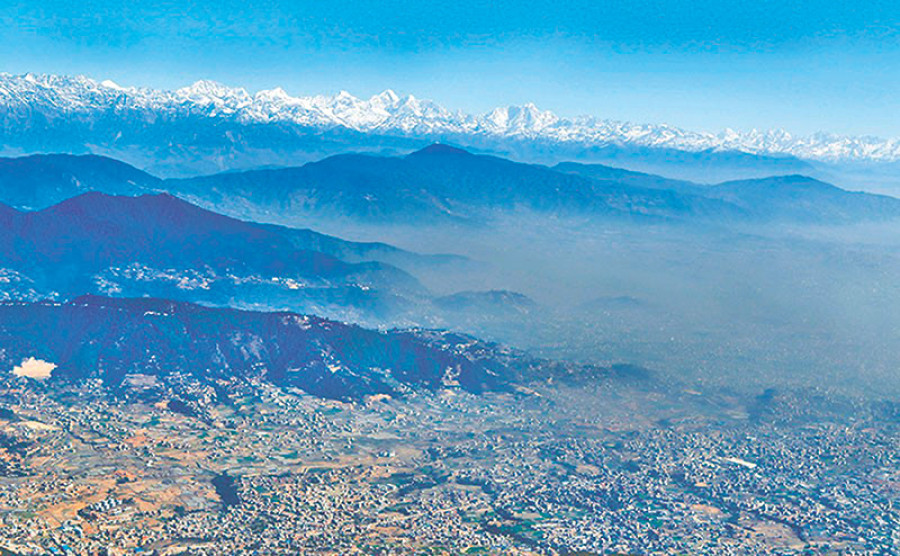
Kurchi Dasgupta
For the past decade or so, the word ‘anthropocene’ has been making an appearance with increasing regularity and across disciplines—so much so that no serious discourse on art can really afford its absence any longer. And so here I am, trying to make sense of it, even though the word’s original scope falls way beyond my understanding and expertise.
The name Anthropocene is a combination of anthropo- (from ancient Greek anthropos) meaning “human” and -cene (from ancient Greek kainos ) meaning “new” or “recent.” In the year 2000, the May issue of the IGBP’s Global Change newsletter (IGBP stands for The International Geosphere-Biosphere Programme: A Study of Global Change of the International Council for Science) carried a short essay by the atmospheric chemist Paul J Crutzen and ecologist Eugene F Stoermer that changed the way we have been defining the post-glacial, geological age that humankind has been thriving in. The last ice age or Pleistocene ended around 11,700 years ago. The age that we live in now used to be called the ‘Holocene’, and officially still is, since the ‘anthropocene’ is not formally accepted as a geological unit yet, though it is widely accepted as a cultural term. But the way things are going, it is only a matter of time before it gets formally accepted into the geological time scale. Going back to its ancient Greek routes, ‘holocene’ means entirely recent. The reason ‘holocene’ is being slowly but steadily replaced by ‘anthropocene’ is because of the extraordinary dexterity and rapidity with which humankind has been exploiting the Earth’s resources during its short civilisational history of a mere 6,000 years. Crutzen and Stoermer proposed that the ‘holocene’ age ended and the ‘anthropocene’ age actually began in the late 18th century. Data collected from glacial ice cores show that it was in this period began ‘a growth in the atmospheric concentrations of several “greenhouse” gases, in particular CO2 and CH4. Such a starting date also coincides with James Watt’s invention of the steam engine in 1784.’ They add a dozen other symptoms and all of these boil down to the fact that humankind itself has turned into a major, catastrophic geological force and one which is surely heading us towards the planet’s collapse and our own eventual extinction.
But where does art come into all this? Or rather, is our shifting understanding of the age we live in already defining the course of contemporary art? For apparently what defines us humans at this point of global history is an ever increasing self-awareness that we are a species that is destroying the planet. And so we are trying to shift attention from us and ourselves as humans, and instead focus on objects and non-humans that surround us and give them an equal, democratic right to exist. This immediately undermines or destroys the subject-object relationship that we are so used to, one that society and language invariably instills in us. It is a relationship that privileges the subject over the object. And this destruction, of course, is bound to change the way we create and view artworks. If a minor event like Jung Bahadur Rana’s visits to England and France (where Romanticism had just about peaked) paved the way for Nepali art to step into the realm of the secular and move in the footsteps of the European, with portraits made in the Western style becoming a favourite among the ruling class in Nepal as opposed to traditional religious art, can we even begin to imagine the shift that art must now be undergoing here given the scale of international connectivity we have here? The change is imperceptible perhaps right now, but it is happening no doubt, even if as a resistance to the overarching idea. When I asked a young, contemporary art practitioner here, one whose work I feel definitely addresses the idea of the ‘anthropocene’ at various registers, he told me, ‘I cannot narrow the work down to just the anthropocene. It is something I am conscious of, think about almost daily, and so it leaks into much of what I do. I think ‘anthropocene’ has become a buzzword. Though I completely agree that human activity has contributed greatly to climate change, I find the definition of the anthropocene limited. It leaves out some fundamental differences and imbalances that has helped pave the way for the global political climate (right-wing and nationalists) and supplemented the perpetuating class division.’ And I cannot but agree that how South Asia responds to the ‘anthropocene’ is going to be very different from how the rest of the world does. But more on that soon!




 13.12°C Kathmandu
13.12°C Kathmandu
